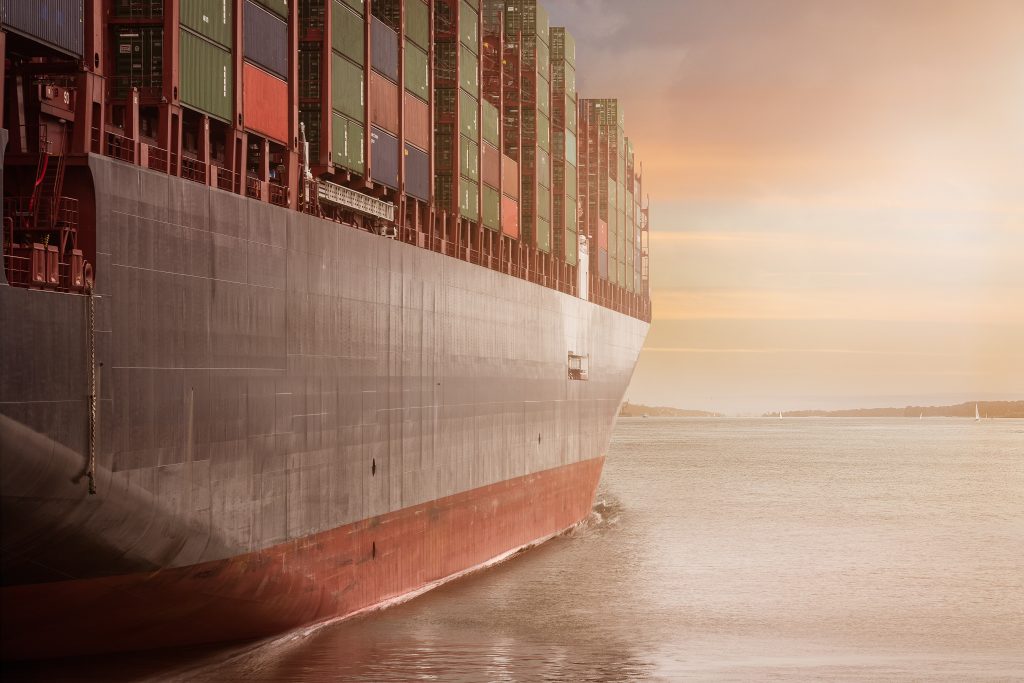Sustainable transport has become an increasingly important consideration in international trade as the desire to balance economic growth and environmental responsibility continues to grow. To achieve this, governments worldwide have begun implementing a range of measures designed to reduce emissions from transportation and promote more environmentally friendly options.
The Paris Agreement on Climate Change was adopted by nearly 200 countries and set ambitious goals for reducing global greenhouse gas emissions by 2030. Achieving these objectives requires a significant shift away from inefficient fossil fuels and towards cleaner energy sources, such as renewable energy or electric vehicles. This approach presents opportunities and challenges for the international trade sector, which relies heavily on shipping and air cargo.
Various strategies have been developed to meet these new demands to reduce the environmental impact of freight transportation. These include encouraging more efficient fuel use, switching to alternative fuels, and investing in innovative technologies such as electric propulsion systems. Governments can also encourage businesses to switch to rail transport or introduce incentives for companies that use sustainable transport methods.
Introducing carbon pricing schemes is another important measure for reducing emissions from international trade. Under such a system, companies are taxed based on their greenhouse gas emissions, providing a financial incentive to move towards more environmentally friendly options. Other initiatives, such as mandatory reporting requirements, cleaner vehicle standards, and investment in infrastructure, could all play an essential role in improving the sustainability of global supply chains.
Finally, international trade agreements must consider the need for sustainable transport. The World Trade Organization (WTO) has adopted several measures to promote environmentally friendly practices, such as allowing countries to impose higher tariffs on some imported goods if they meet specific environmental criteria. In addition, bilateral and regional trade agreements can include specific provisions that require signatory parties to take steps toward reducing their emissions from transportation.
Transporting green energies globally
Solar and wind turbine blade transport have become increasingly popular alternatives to traditional freight methods as governments worldwide look for ways to reduce emissions from transportation and promote more sustainable practices. Solar and wind turbines generate large amounts of energy and require heavy-duty shipping containers to protect the delicate blades from damage.
The use of solar and wind turbine blade transport provides multiple environmental benefits. The blades are made from recyclable materials such as aluminum, eliminating the need for toxic chemicals in production. In addition, using specialized containers helps reduce fuel consumption as they can be filled with lightweight insulation to keep them cool during transit, which reduces the energy used during transportation and helps limit carbon dioxide emissions.
Solar and wind turbine blade transport also offer economic advantages compared to traditional freight methods. As these containers are more efficient in terms of weight, they can carry heavier loads while consuming less fuel, ultimately cutting operational costs. Additionally, solar panels offer the potential for renewable energy sources even during transit, reducing or eliminating reliance on diesel fuel.
Finally, special measures must ensure safe and secure solar and wind turbine blade transport. Specialized handling equipment must be used when loading the blades onto cargo ships or aircraft. At the same time, regulations governing their safe operation must also be observed to prevent any accidents or damage occurring during transit. Furthermore, monitoring systems should be put in place to track each item’s progress throughout its journey so that any potential delays or issues can be quickly identified and addressed if necessary.
The new green alternatives in freighting
Green alternatives to traditional freight methods are becoming increasingly popular in transportation. One of the most promising options is the use of zero-emission electric vehicles. Electric vehicles produce no tailpipe emissions and can be charged using renewable energy, making them an attractive option for several transport applications. In particular, electric semi-trucks and buses are becoming attractive choices for long-distance freight transport due to their relatively low running costs and zero emissions.
Another green alternative to traditional freight methods is short-sea shipping instead of air or land-based cargo transport. The shorter distances involved in such a method reduce fuel consumption and, subsequently, carbon emissions from transportation. Additionally, short sea shipping is more cost-effective than other freight transport due to its lower fuel costs, which can be further reduced through modern technologies such as digitalization and automation.
Another green alternative gaining traction recently is hydrogen-fueled vehicles for transporting goods over long distances. Hydrogen provides higher energy density than battery-powered electric vehicles, enabling them to cover greater distances with fewer refueling stops than electric models. Furthermore, hydrogen fuel cells produce zero emissions while being cheaper and easier to maintain than batteries.
Finally, eco-friendly packaging materials such as 100% compostable materials are gaining popularity as they offer a more sustainable way to package goods during transit without harming the environment. Eco-friendly packaging materials are lightweight yet durable enough to protect fragile items during transit without adding unnecessary weight or bulkiness, thus reducing fuel consumption associated with transportation.
Conclusion
Sustainable transport is essential to global efforts to reduce greenhouse gas emissions and achieve a more balanced economic growth model. Governments and businesses are essential in ensuring that international trade remains economically viable while protecting our environment for future generations. Through continued investment in cleaner fuel sources, innovative technologies, and effective regulatory frameworks, we can ensure that economic growth does not come at the expense of our planet.





